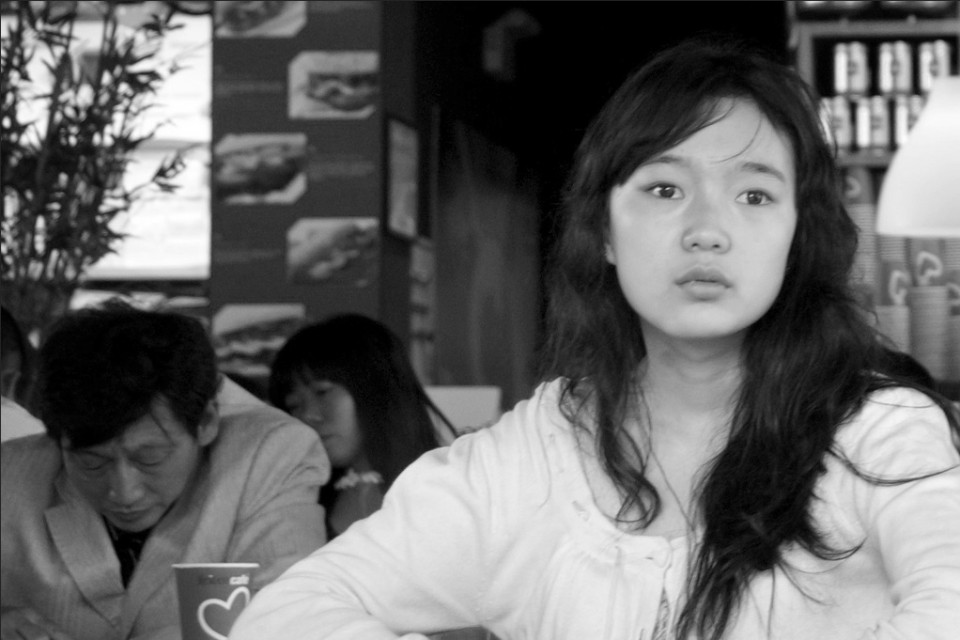Session 3: March 21
The depth of human experience, and what it means for our work
Expanding our view from static individuals to dynamic participants in mutual becoming
A change in a system implies a change in the behavior of the actors that make up the system. Yet behavioral change seems elusively difficult. In this session we explore the invisible experience and relational entanglement that underlies human behavior.
Lecture and activities
- Activities: Role play and guided visualization as a way to experience human complexity
- Lecture: A big dose of psychology to help us understand being human
Key concepts
- Human depth: the rich interior world that animates our actions
- Emotional interdependence: the unspoken interconnection between people
- Enculturation, introjection and trauma: understanding the forces that shape us
- Multigenerational transmission process, societal trauma and social autopoiesis: the processes of replicating social patterns
- Individuation: how individuals move beyond the need to conform and control
- Change vs. “becoming”: shifting from a mechanistic, will-powered model of change to a deeper understanding of change cycles
Hello Students. See the details and pdf’s in readings and assignments/session 3 in the course google drive folder.
Required readings
Marc Rettig, How do we work?
http://transitiondesign.net/wp-content/uploads/2015/11/Rettig_Work.pdf
Excerpt from Philippa Perry, How to stay sane. (Amazon link)
Optional reading
Hannah du Plessis, The Mindset and Posture required to Engender Life-affirming Transitions: transitiondesign.net/wp-content/uploads/2015/09/Du-Plessis-Mindset-Posture-Transitions.pdf
Homework
Create your genogram, based on the Perry reading and the instructions given in the course Google Drive.

0 comments on “3: Human depth”Add yours →